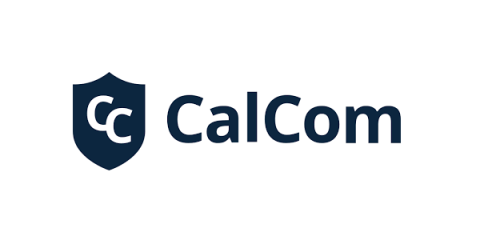Scalper Bot Targets Christmas 2024: Criminal Groups Cash in on Low-Value Items
In 2020, scalper bots made headlines by hoarding PlayStation 5 consoles. Lockdowns and online-only sales allowed bots to dominate the market, leaving frustrated consumers empty-handed. Today, scalper bots are even more dangerous. Criminal groups behind these operations have evolved. They are organized, professional, and focused on more sustainable targets: low-value items in massive quantities.











